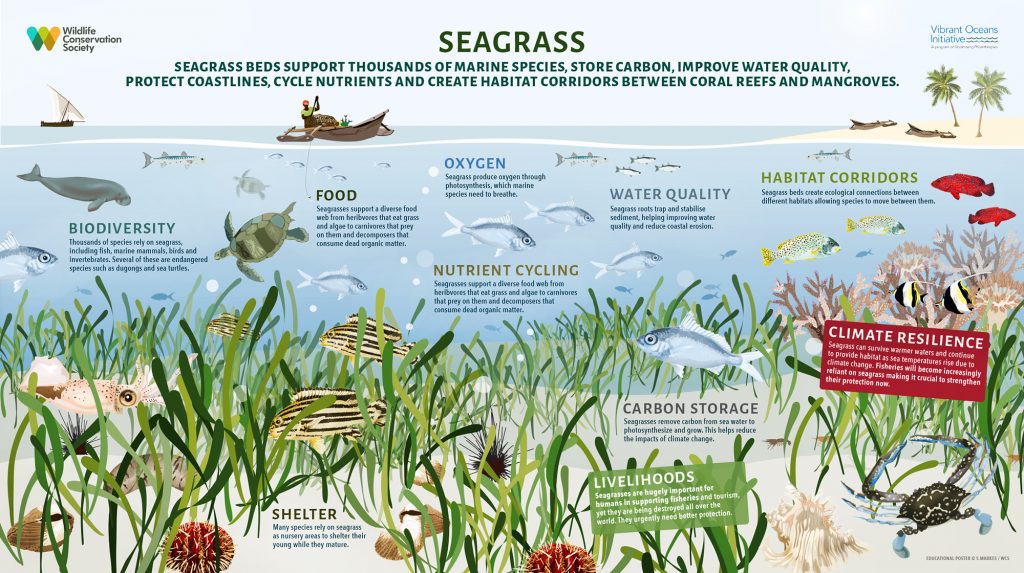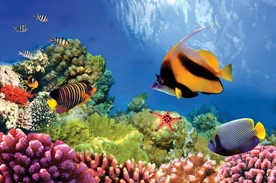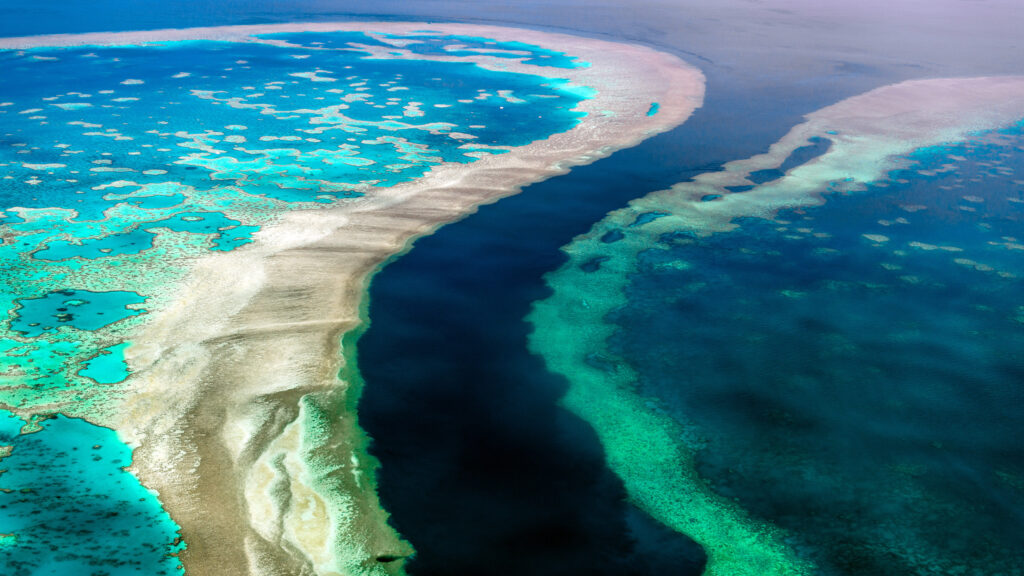
The Great Barrier Reef off the East coast of Australia, is the world’s largest coral reef system and a living example of biodiversity and ecological complexity. The reef stretches over 2,300 kilometres along the Queensland coast and is a collection of unique marine habitats that support thousands of diverse species, from tiny plankton to massive humpback whales.
Understanding these diverse habitats provides a rich background of knowledge to support science, geography, and sustainability topics in the classroom. Read on to discover the key marine environments that make the reef such a wonder of the natural world.
Book a Habitats themed incursion now
Sea Country: The Great Barrier Reef
Australia’s First Nations have a deep connection to the Great Barrier Reef (GBR). To them it is known as “Sea Country”. Approximately 70 First Nations groups are Traditional Owners of the GBR and have been caring for it for millennia.
-
Coral Reefs
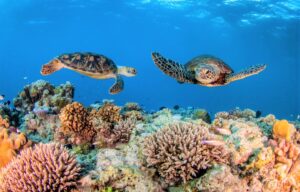
Perhaps the most iconic feature of the Great Barrier Reef, coral reefs are built by tiny coral polyps over thousands of years. These amazing limestone structures are home to an extraordinary range of species including fish, sea turtles, sea stars, and crustaceans, all of which depend on the complex network of coral for food, shelter, and breeding grounds.
Coral reefs are incredibly sensitive to changes in the environment, and therefore powerful indicators of reef health. They make a great introduction to discussions about climate change and conservation.
-
Seagrass Meadows: Underwater Pastures
Often found in shallow coastal waters, seagrass beds are a significant and crucial part of the reef’s ecosystem. These flowering marine plants (not to be confused with seaweed!) provide essential habitats, food sources, and nurseries for numerous marine animals, such as dugongs and green sea turtles.
Seagrass also stabilises the sea floor and improves water quality by trapping sediment and in recent years has gained attention for its role in carbon absorption.
-
Mangrove Forests: Coastal Guardians
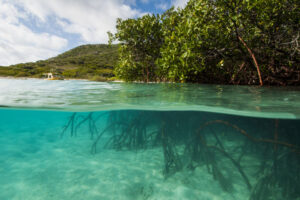
Mangroves can be found growing along tidal shorelines where saltwater meets land. Their tangled roots create a nursery environment for juvenile fish, crabs, and prawns, sheltering them from predators and strong currents.
Mangroves act as natural coastal defenders, absorbing wave energy during storms, reducing erosion, and helping protect the land and coral reefs from sediment runoff. Their importance for biodiversity and shoreline protection makes them a critical habitat and removing them and harming them can have great consequences for coastal erosion.
See out habitats resources
-
Intertidal Zones: Life Between the Tides
The area that is above water at low tide and underwater at high tide is known as the intertidal zone. This region is teeming with life, despite often appearing harsh and exposed. In this zone, creatures must adapt to rapidly varying conditions, including temperature changes, exposure to the air, and wave action.
Barnacles, sea stars, molluscs, and tiny crustaceans thrive in this dynamic environment, making the intertidal zone a great example of animal adaptation and survival.
See our adaptation resources
-
The Open Ocean (Pelagic Zone): The Big Blue
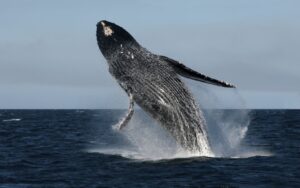
The open ocean that lies beyond the reef structure is also known as the pelagic zone. This vast, deep-water habitat supports movement and migration and large migratory species such as whales, sharks, tuna, and seabirds.
This vast zone is vital to the health of the reef itself, with nutrient-rich currents, plankton, and marine mammals all linking the open ocean/ pelagic zone to the inshore ecosystems of the reef.
Why These Habitats Matter in the Classroom 
By understanding these distinct habitats, students can appreciate the complexity of ecosystems and the interdependence of life. It also builds the foundation for discussing conservation, climate change, and First Nations perspectives on sea Country.
Each Great Barrier Reef habitat offers real-world examples of biological sciences concepts like classification, life cycles, and human impact—making them highly relevant to the Australian Curriculum.
See our classification, life cycles, and human impact resources
Final Thoughts
Although often considered as one entity, The Great Barrier Reef isn’t just one place—it’s a collection of marine environments, each playing a vital role in sustaining life. By learning about coral reefs, mangroves, seagrass beds, intertidal zones, and open ocean areas, primary teachers can confidently bring the reef into the classroom and use it as a powerful teaching tool.
About Ocean Life Education 
Ocean Life Education (OLE) is committed to educating Australians about the fragile nature of marine environments and the challenges they face. We deliver engaging, curriculum-aligned programs, including incursions and excursions, tailored for primary school students across Southeast Queensland.
Our sessions feature real marine animals and offer hands-on learning experiences that deepen students’ understanding of ocean life, ecosystems, and the need for conservation. By bringing these interactive programs directly into schools and events we spark curiosity and a lasting appreciation for the marine world.
Useful Links
Primary Incursions & Excursions
Primary Resources & Activities
Find out about our Primary marine Habitats, Ecosystems, and Human Impact Incursions and Excursions here.
For more information about what we do, check out Ocean Life Education.
We hoped you enjoyed reading our blog: Great Barrier Reef Habitats for Primary Teachers
Here’s a link to our other news


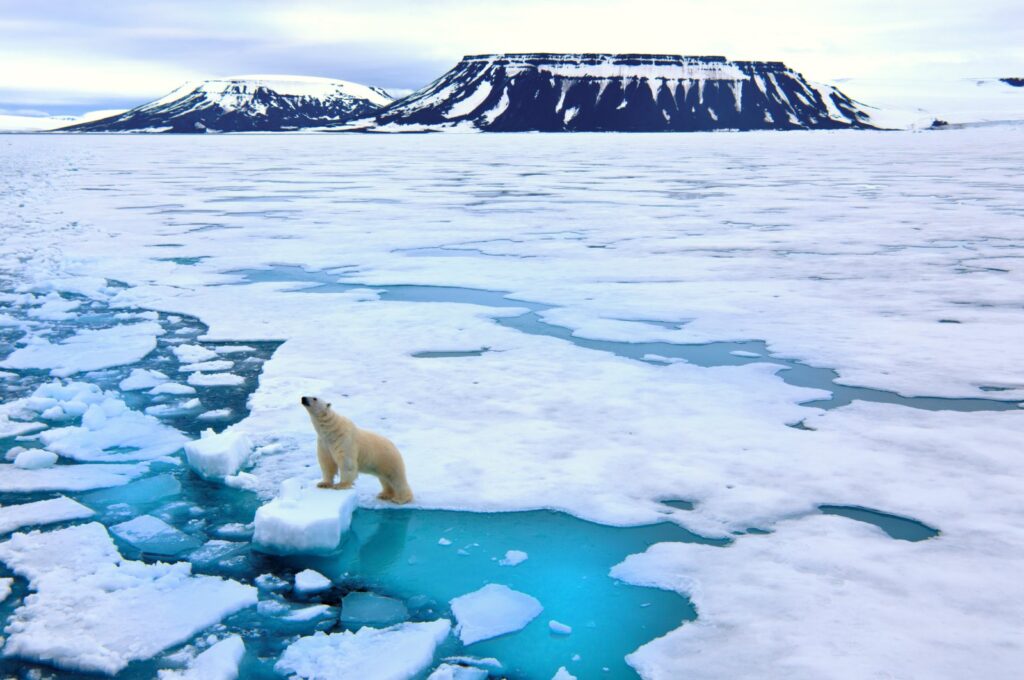
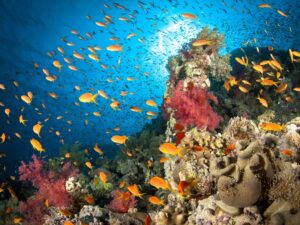
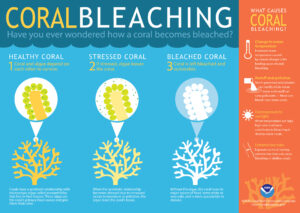

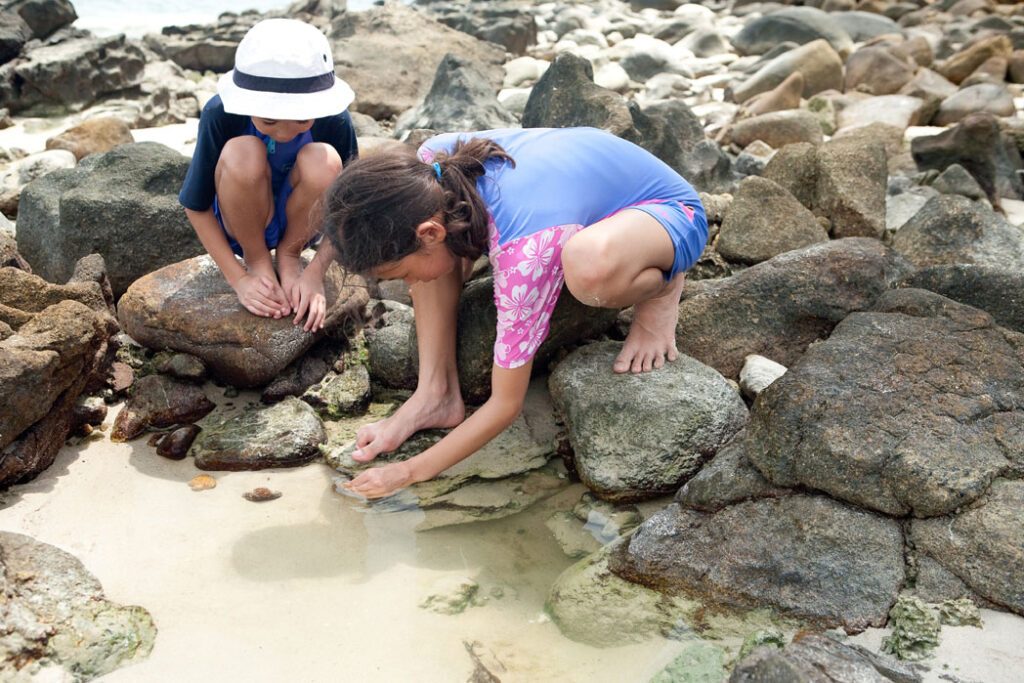

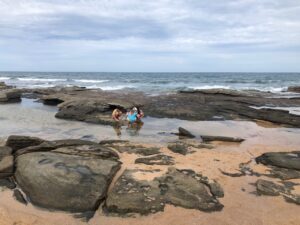

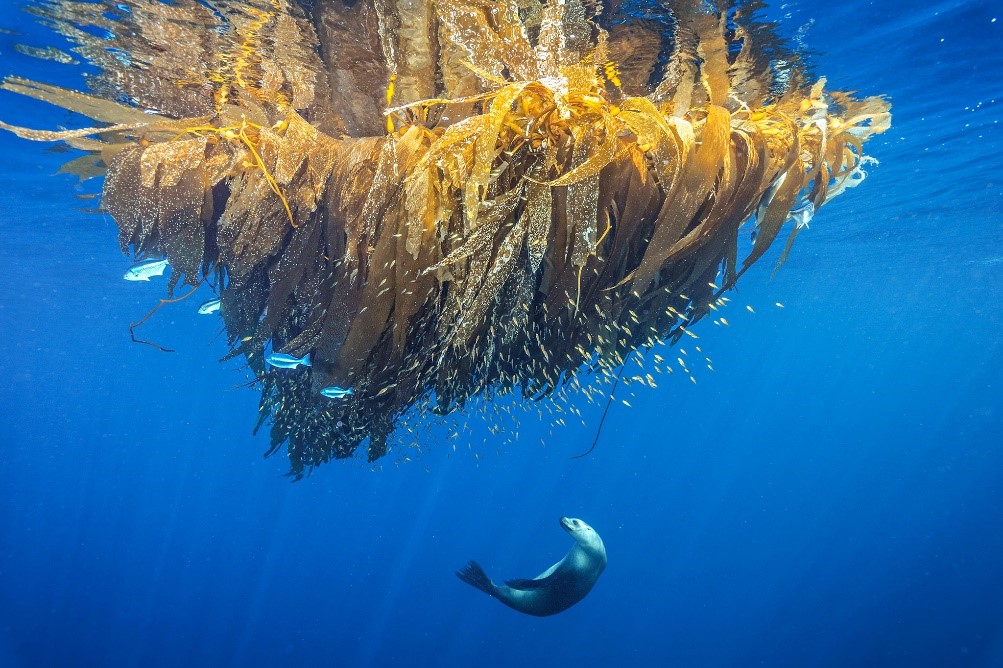
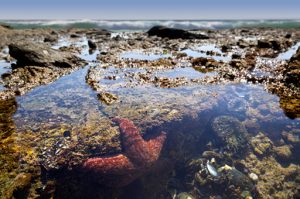
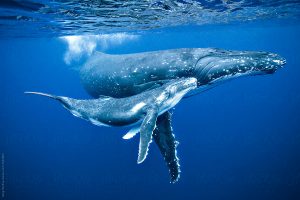
 shapes and forms. Coral reefs are responsible for a huge proportion of the earth’s biodiversity with an estimated 25 percent of all marine species living in and around them.
shapes and forms. Coral reefs are responsible for a huge proportion of the earth’s biodiversity with an estimated 25 percent of all marine species living in and around them.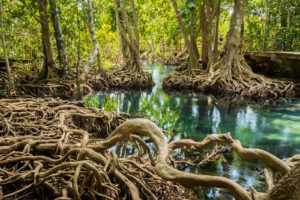 They form extremely important habitats, providing protection for millions of marine animals as well as filtering and cleaning the water and the air, and protecting land from erosion.
They form extremely important habitats, providing protection for millions of marine animals as well as filtering and cleaning the water and the air, and protecting land from erosion.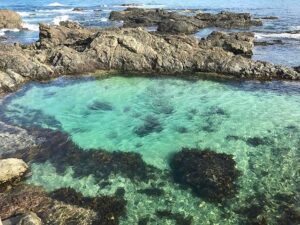 animals, including:
animals, including: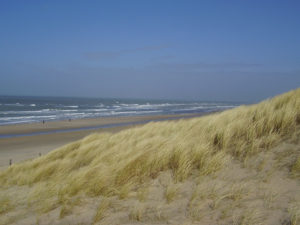 animals (eg. sea stars, coral fragments, bones of dolphins, whales & dugongs, sea urchins, crustacean & mollusc shells, fish & shark teeth).
animals (eg. sea stars, coral fragments, bones of dolphins, whales & dugongs, sea urchins, crustacean & mollusc shells, fish & shark teeth). metres. it is the only flowering plant in the world that can live underwater. People often confuse sea grass with seaweed but seagrasses have roots, stems and leaves and produce flowers, fruits and seeds – seaweed does not!
metres. it is the only flowering plant in the world that can live underwater. People often confuse sea grass with seaweed but seagrasses have roots, stems and leaves and produce flowers, fruits and seeds – seaweed does not!